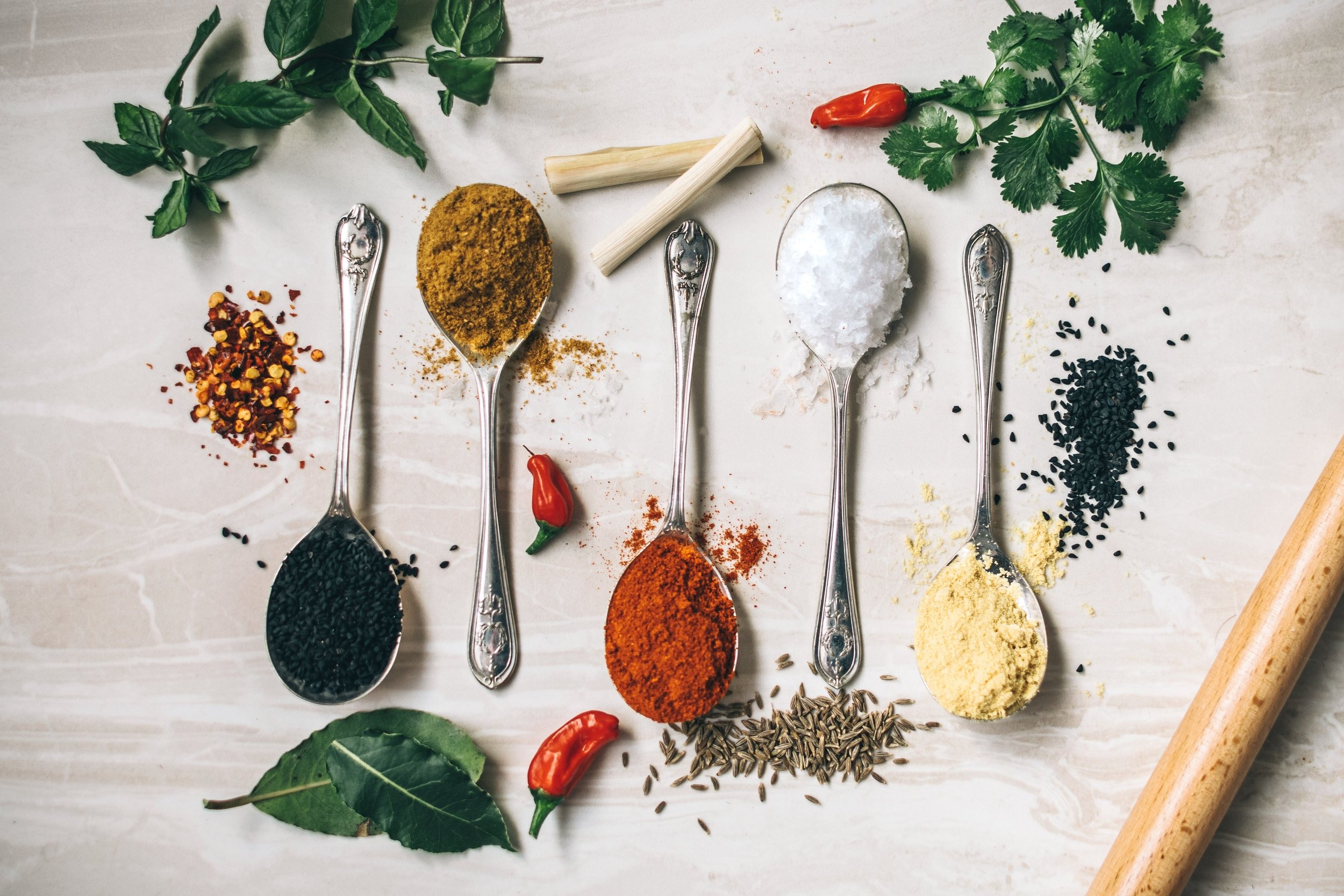
Za’atar
Za'atar is a blend of herbs, spices, and sesame seeds that has its roots in Middle Eastern cuisine. The exact ingredients of za'atar can vary, but typically include a mixture of dried thyme, oregano, marjoram, sumac, and roasted sesame seeds. Other ingredients such as salt, coriander, cumin, and fennel may also be included, depending on regional and personal preferences.
The origins of za'atar can be traced back to the ancient civilizations of the Middle East, where herbs and spices were used to flavor food and for their medicinal properties. The use of za'atar in cooking can be traced back to at least the 13th century, and it remains a staple ingredient in many Middle Eastern cuisines to this day.
Za'atar has a distinctive, earthy flavor that is both savory and slightly tangy, thanks to the presence of sumac. This makes it a versatile ingredient that can be used in a wide range of dishes, from appetizers to entrees to baked goods. It is often used as a seasoning for grilled meats, vegetables, and poultry, or as a sprinkle on flatbreads and pita. It can also be used to make dips and spreads, such as the popular Middle Eastern condiment called za'atar dip, which is made by mixing za'atar with olive oil and serving it as a dip for bread.
In addition to its use in cooking, za'atar also has a long history of use in traditional Middle Eastern medicine. The herbs and spices in za'atar are believed to have anti-inflammatory and antioxidant properties, and they have been used to treat a variety of ailments, including digestive problems, skin conditions, and respiratory issues.
Today, za'atar is widely available in specialty grocery stores and online, making it easy for home cooks to incorporate this flavorful and versatile spice blend into their own kitchens. Whether you are looking to add a new depth of flavor to your cooking, or to explore the rich culinary heritage of the Middle East, za'atar is a must-have ingredient that is sure to become a staple in your pantry.
Some dishes that go well with za'atar include:
Grilled meats: Za'atar is a great spice blend to use on grilled meats, such as chicken or lamb. The spices add flavor and help to caramelize the meat.
Roasted vegetables: Sprinkling za'atar over roasted vegetables, such as carrots, potatoes, or eggplant, before baking adds a delicious and unique flavor.
Flatbreads: Za'atar is often used as a topping for flatbreads, such as pita bread or focaccia. The bread is typically brushed with olive oil before the spices are sprinkled on top.
Hummus: Mixing za'atar into hummus or using it as a garnish on top adds a tangy and savory flavor to the dip.
Salad dressing: Za'atar can also be used as a key ingredient in salad dressings, which adds a zesty flavor to greens.
Soups and stews: Sprinkling za'atar over the top of soups and stews, or adding it to the cooking process, can add depth of flavor to these dishes.
Overall, za'atar is a versatile spice blend that pairs well with a variety of dishes, from savory to sweet. It is a staple in Middle Eastern cooking and can be found in specialty food stores or made at home using a simple recipe.
